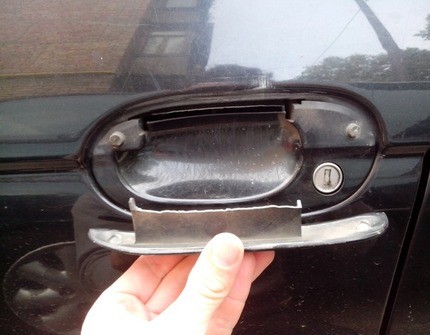
Intake Manifold: When it twitches, brakes and drips...
Content
Today, supplying the engine with air has become a real science. Where an inlet pipe with an air filter was once enough, today a complex assembly of many components is used. In the case of a faulty intake manifold, this can become noticeable primarily by loss of performance, heavy pollution, oil leaks.
The main reason such a complication is modern engine management system with exhaust gas aftertreatment system . Modern engines are supplied with air through intake manifolds ( another term is "inlet chamber" ). But as technology complexity increases, so does the risk of defects.
intake manifold structure

The intake manifold consists of a one-piece tubular cast aluminum or gray cast iron . Depending on the number of cylinders, four or six pipes are combined into the intake manifold. They converge at the central point of the water intake.
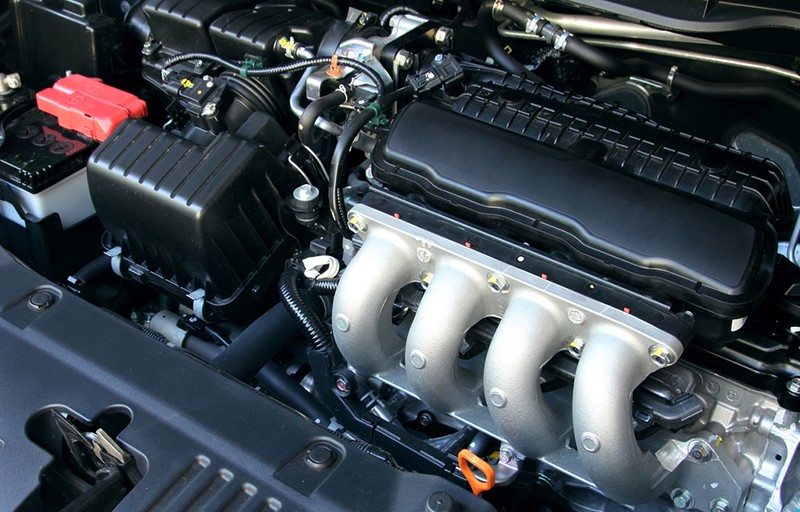
There are several additional components in the intake manifold:
| – Heating element: used to preheat the intake air. – Controlled swirl dampers: they additionally swirl the air. – Intake manifold gaskets – EGR valve connector |
Digression: Nitrogen oxides from exhaust gases
| Pollutants are produced when fuels such as gasoline, diesel or natural gas are burned. But it's not carbon monoxide, carbon dioxide, or soot particles that cause the biggest problem. . The main culprit is created by chance during combustion in the engine: so-called nitrogen oxides are identified as the main cause of air pollution ... but nitrogen oxides always formed when something is burned with oxygen in the air. Air is only 20% oxygen . Most of the air we breathe is actually nitrogen. A whopping 70% of the ambient air is made up of nitrogen.. Unfortunately, this gas, itself very inert and non-flammable, combines under extreme conditions in the combustion chambers of the engine to form various molecules: NO, NO2, NO3, etc. - the so-called "nitrogen oxides" . who come together to form a group NOx .But because nitrogen is very inert, it quickly loses its attached oxygen atoms. . And then they become so-called " free radicals that oxidize everything they come into contact with. If inhaled, they damage lung tissue, which in the worst case can lead to cancer. To reduce the concentration of nitrogen oxides in the intake manifold, an EGR valve is used. |
EGR valve problem
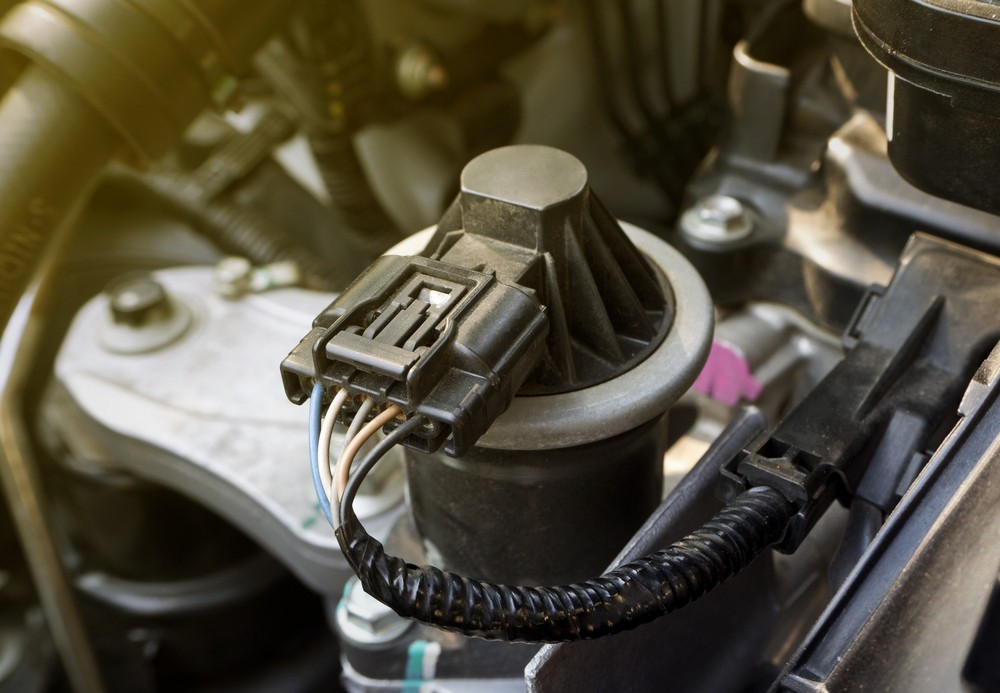
The EGR valve is used to return already burned exhaust gases to the combustion chamber . To do this, the exhaust gases are fed through the intake manifold. The engine sucks in exhaust gases that have already been burned and burns them again. It doesn't affect the performance of the engine. . However, this technique reduces the temperature of the combustion process. The lower the temperature in the combustion chamber, the less nitrogen oxides are formed.
However, there is one catch. Soot particles from exhaust gases are deposited not only in the EGR valve. They also gradually clog the entire intake manifold. This can result in a complete blockage of the line. . After that, the car actually stops receiving air and practically can no longer be operated.
intake manifold repair
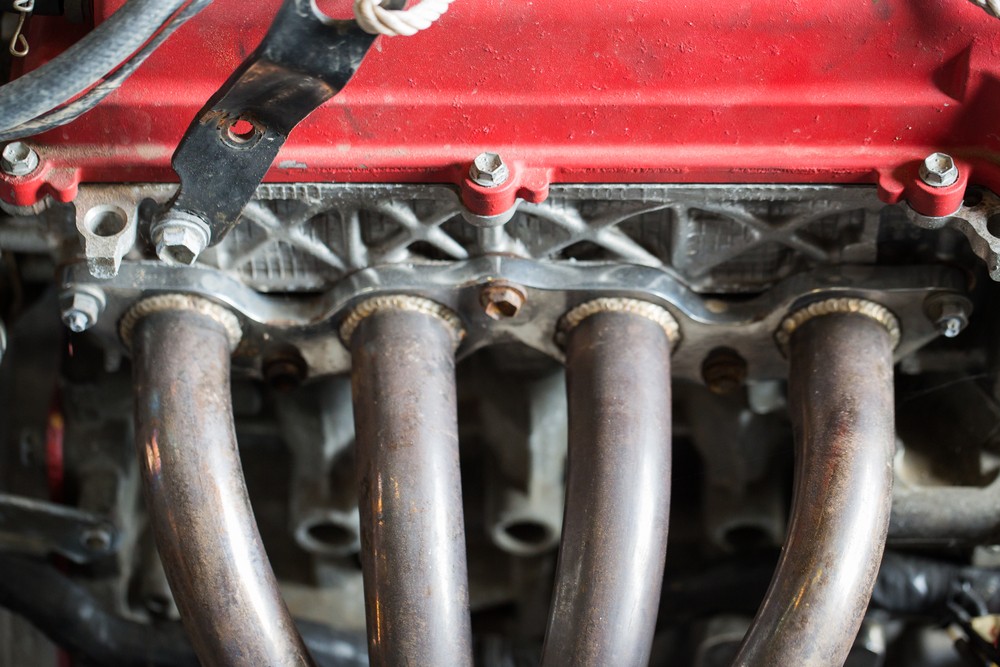
Complete fouling due to exhaust deposits is the most common cause of intake manifold failure. . Until recently, the entire component was simply replaced, but always with huge costs .

Meanwhile , however, there are many service providers that offer clean intake manifold .
| There are several approaches for this: Some service providers burn the intake manifold with pure oxygen or compressed air. Others rely on chemical solutions in which solid carbon is dissolved from soot in acid. These service providers usually offer an immediate "old to remanufactured" replacement or rebuild of their own intake manifold. A new intake manifold costs anywhere from £150 to over £1000. A repair usually costs less than 1/4 the cost of a new intake manifold. |
The trick, however, is in the details: removing the intake manifold required some experience, the right flair, and the right tools. If the intake manifold is damaged during removal, it can only be replaced with a new part.
Cleaning the intake manifold always includes maintenance of the EGR valve.
The problem with swirl flaps
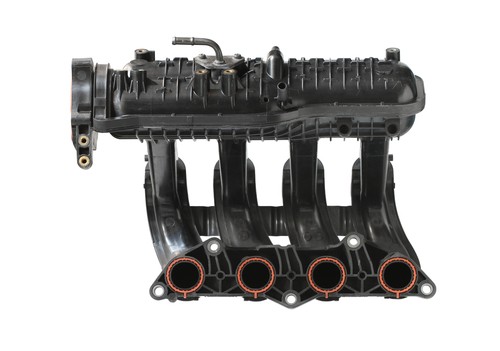
Many intake manifolds have swirl flaps ... it small flaps made of heat-resistant plastic . They do more than just open and close the inlet ports of the intake manifold. They provide swirl, which, above all, should improve combustion in the engine. . However, the problem with vortex dampers is that they tend to break and then fall into the engine bay .
If you're lucky , the piston will crush the plastic damper and purge it with exhaust gases. But even in this case, its parts enter the catalytic converter at the latest. If you're not lucky, a broken swirl damper will lead to serious engine damage even earlier.

Therefore, our advice is: Find out if a spare kit is available for your vehicle.
For example, they are available to many BMW engines. In the kit, the movable sashes are replaced by hard covers. The effect is minimally worse, but you get maximum operational reliability. The covers cannot come off and fall into the engine compartment. Thus, you are reliably protected from unpleasant surprises.
